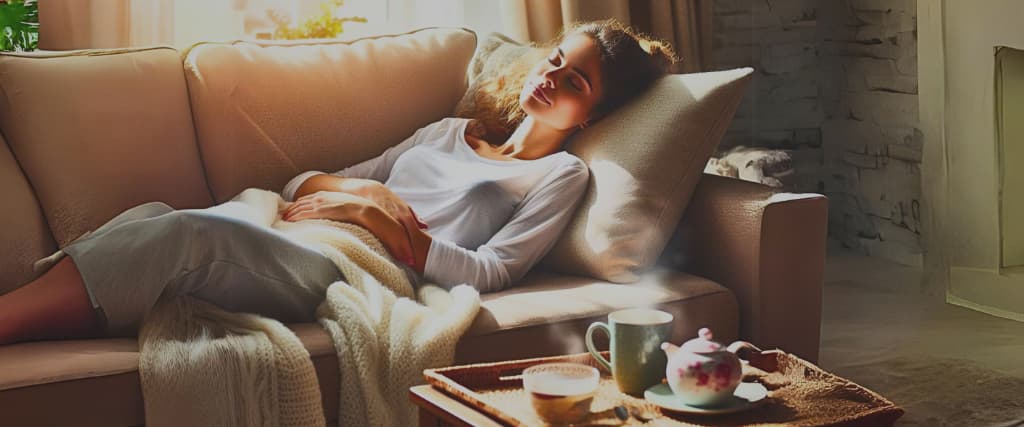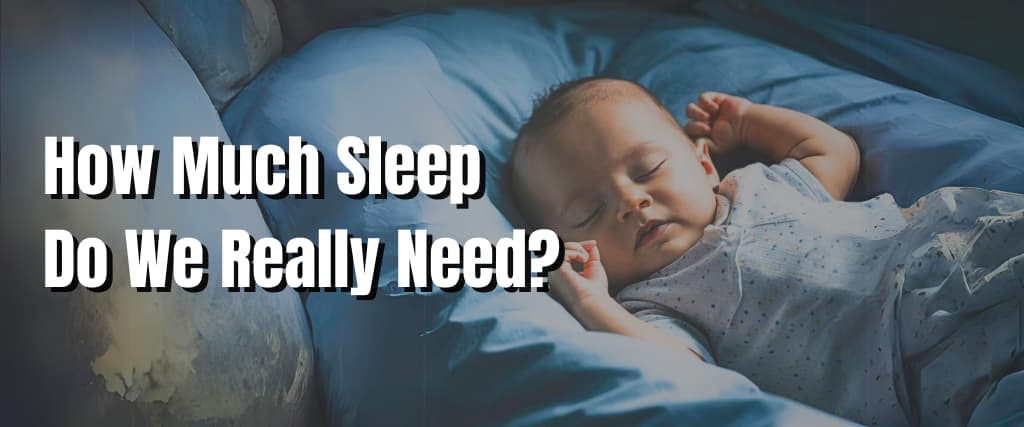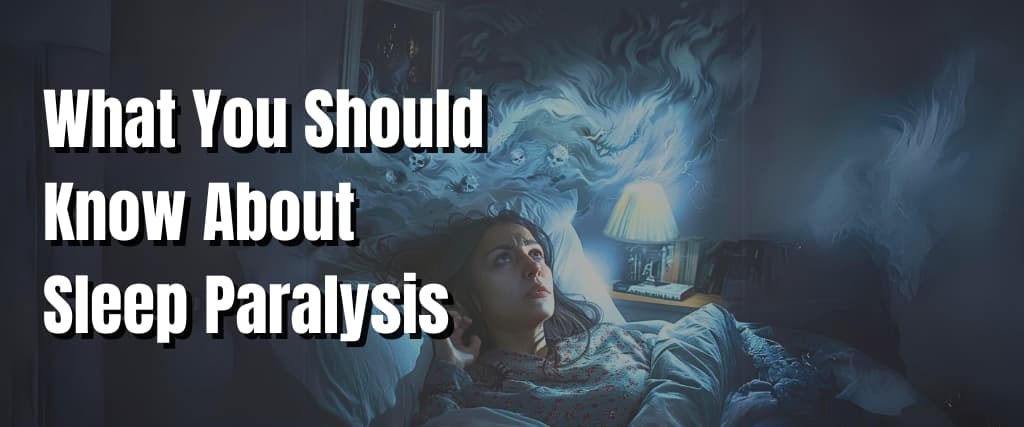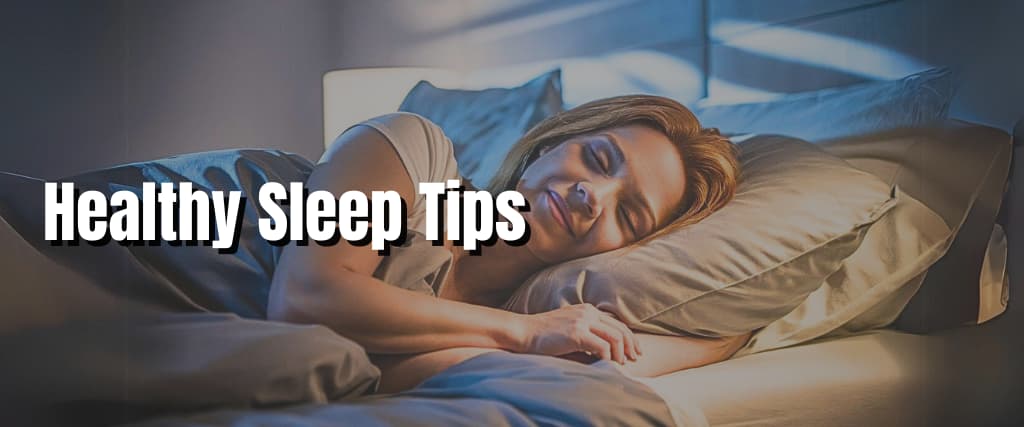A nap is a short sleep usually taken during the day. At least one-third of American adults enjoy napping. Most people swear by napping; they can effectively recharge and relax. However, there is also a percentage of individuals who find naps disruptive and unhelpful to their sleep.
When it comes to naps, many things affect how helpful naps can turn out to be. Knowing how crucial napping is, you can understand how to take efficient naps that maintain your energy level and hold up your body’s internal clock.
Nap Types

The categorization of naps depends on the purpose they serve. Understanding what you need to achieve from napping is an ideal way of making naps serve you better.
Recovery Nap: Lack of adequate sleep can make you feel tired the next day. Luckily, you can opt for a recovery nap to compensate for the sleep loss resulting from interrupted sleep or late night sleep.
Prophylactic Nap: This is a nap type that is taken in preparation for sleep loss. For instance, people working on night shifts can schedule naps during and before their shifts to stay alert and prevent sleepiness while at work.
Appetitive Nap: This is a type of nap taken for enjoyment. Upon waking up from a nap, you can be energized, relaxed, and in a good mood.
Fulfilment Nap: These naps are often scheduled into toddler and infant days. It is vital to note that children have much need for sleep compared to adults.
Essential Nap: When you are sick, you need a lot of sleep. At this time, the immune system responds by promoting healing or fighting the infection, which requires more energy—taking naps when sick is considered necessary.
What is The Required Length for a Nap?

Length of naps is a significant factor responsible for the various effects of naps. You move through a series of sleep stages each time you fall asleep. According to researchers, 5 minute naps are too short of moving through sleep stages and yielding a significant benefit.
Napping for 30 minutes, on the other hand, offers the body sufficient time to get into deep (slow-wave) sleep. Unfortunately, waking from a slow-wave sleep or sleeping for too long can leave you feeling tired for up to an hour. Sleep inertia is the perfect name to describe this period of drowsiness.
Bearing this in mind, the ideal nap is that which is long enough to be refreshing but not long enough for sleep inertia to happen. Ten to twenty minutes naps are considered the best. In other instances, they are known as “power naps” because they offer relaxing benefits without leaving an individual feeling dizzy.
Essential naps are exemptions to this because our bodies require much sleep when dealing with an illness. In addition, fulfillment naps shouldn’t be limited to 20 minutes as children need more sleep than adults.
As a healthy adult, if you wish to take a long nap, you need to be alert. Keep in mind that taking long naps during the day can interfere with your nightly sleep.
Are Naps Good for You?

Taking a nap can be harmful or beneficial, depending on several factors. Things such as your age, the reason for your nap, and how long and what time you nap can impact your nap. To get the most benefits from a nap, it is vital to understand how each of these elements affects napping.
Taking a nap during the day reduces homeostatic sleep drive, which helps us perform better and feel more awake. Listed here are a few things you can benefit from napping.
- Reduction of sleepiness
- Improvement in learning
- Helps in memory formation
- Emotions regulation

Naps are also beneficial to drivers. Driving when sleepy is dangerous for you, your passengers, and other road users. Every year drowsy drivers are involved in numerous car crashes in the United States. The National Highway Traffic and Safety Administration advises that drivers get adequate sleep of 7-8 hours to reduce accidents. Before a long drive, you must get enough sleep. The NHTSA recommends pulling over for a 20 minutes nap and drinking caffeine. Unfortunately, this is not a long-term solution as naps and caffeine are known to improve alertness for only a short period.
Shift workers can also benefit from napping. Any work schedule that falls outside 7 a.m. and 6 p.m. are known as shift work. There is a lot of increased risk for health effects and injury due to sleep loss and circadian rhythm disruption. In shift workers, planned napping improves alertness and reaction time.
Harms Associated With Napping

Naps aren’t for everybody. Actually, several people find napping disadvantageous. Even though you can combat fatigue, reducing seep pressure can also affect your ability to fall asleep during sleep time. If you are among people who find it hard to sleep, staying asleep at night, or have insomnia, you may want to avoid napping.
Taking shorter naps can minimize sleep inertia. Unfortunately, you can still feel unsettled after a short nap if you need to get right back to work after napping.
Ways to Get the Best Nap

Following a few key steps will allow you to get the most out of your nap.
Set the Alarm: Studies indicate that the best nap lasts for 10-20 minutes. The nap provides healthy sleep without sleepiness after waking. To feel productive and alert after napping, you can limit the amount of time you spend asleep so that you can counter inertia.
Take Your Nap Early: To avoid affecting your ability to fall asleep at bedtime. Consider taking a nap about the halfway point between the time you wake up and the time you have scheduled to go to bed.

Make You Sleep Environment Friendly: To fall asleep easily, you need a conducive setting to nap. Regardless of where you are, you might not have a comfortable mattress, but it is crucial to nap in a quiet, cool, and dark place.
Set Aside Your Worries: Thinking about something causing you stress will keep you awake. If you have difficulty surrendering some of your worries and things to accomplish, make an effort of practicing relaxation techniques. These can aid you in falling asleep and waking up feeling re-energized and refreshed.
Contemplate on Why You’re Taking a Nap: Take your time to think about what you want to achieve from your nap. Set goals, and you can plan your nap based on those intentions.

Effects of Napping by Age
Adults require less sleep compared to children, and younger children require more sleep than older children. As you can see, the role of napping changes as we age. The National Sleep Foundation published evidence-based recommendations of sleep required for each age. The outline constitutes the recommended hours of sleep per day for each age group during the night and daytime naps.
Research indicates that every individual has different effects when it comes to napping. In case you have any concerns about your sleep patterns, speak to a sleep specialist or a doctor.
Napping in Children
Naps are vital in children because they can allow them to get adequate sleep. Sleep is essential when it comes to a child’s emotional, physical, and intellectual development.

Infants (Up to 1-Year-Old): Infants spend the majority of their time sleeping which is normal. They can take about one to four naps per day, lasting roughly 30 minutes and two hours. Studies show that extended naps after learning help in memory consolidation in infants.
Toddlers Between 1-2 Years: At this age, napping begins to reduce, but it still holds numerous benefits. According to a recent study, toddlers who had a nap had a better ability to self-regulate their emotions and behaviors as opposed to toddlers who don’t have a nap. Napping also improves language learning for children this age.
Children between 3-5 Years: Children in this age bracket require 10-13 hours of sleep each day. Most toddlers will begin to get enough sleep throughout the night, while others will sleep during the day but also still need a nap during the day.
Children between 6-12 Years: Many children may stop napping when they reach the age of five. At this age, sleep and nap preferences vary widely.

Teens aged 13-17 Years: Numerous challenges interfere with teens getting adequate sleep at night. Teens can retain cognitive performance if they have a recovery nap. However, research also indicates that teens who nap during the day have got less sleep at night. Napping during the day could be unproductive in teens having nighttime sleep concerns.
Napping in Adults

Naps in early adulthood have a number of benefits, such as the alleviation of sleepiness, emotion regulation, and improvement in cognitive performance. However, napping during the day is not an option for everyone. Napping can be impossible due to employment or other responsibilities. Additionally, other people have a hard time sleeping during the day or away from the comfort of their homes.
In older adults, long midday naps (over an hour) are linked to adverse health effects. Long naps are associated with increased risk of diabetes, heart diseases, and depression by researchers. This is because long naps in adults during the early afternoon are an indication of poor night sleep. However, more research is crucial in understanding the correlation between napping and these undesirable effects in older adults.






